An active dog with energy to burn, the Belgian shepherd is Intelligent, easy to train and a great watchdog. However, this breed requires constant stimulation and a huge amount of exercise and so places significant demands on owners. Belgian shepherds excel at canine sports and are versatile but may be aggressive to other dogs.
Which breed group is the Belgian shepherd in?
Breed group: Pastoral
Belgian shepherd breed history
An ancient breed that is thought to date back to the Middle Ages, the Belgian shepherd was bred as a working dog to herd livestock. In the 19th century, breeding programmes in different regions of Belgium resulted in the development of four distinctive varieties – the Groenendael, Tervueren, Malinois, and Laekenois. Each variety now boasts its own breed standard, but the dogs share several characteristics. Belgian shepherds were used during World War I and World War II to carry messages and to pull gun carts.
Clubs around the world tend to class the four varieties as separate breeds whereas the Kennel Club in the UK classes the Belgian Shepherd as a single breed.
Belgian shepherd breed characteristics
Belgian shepherds are medium-sized dogs with powerful bodies. Their front feet are round whereas their back ones are slightly oval. Their tails hang down when the dogs are relaxed but are raised slightly when the dogs are alert or excited. Heads are long and the moderately long muzzles taper gradually. Eyes are dark brown, slightly almond shaped and of medium size. Ears are triangular, set high and held erect. Coats vary between the four varieties as follows:
Groenendael
Reasonably long double coat which is generally solid black.
Laekenois
Wiry, fawn-coloured hair with intermingled white hairs.
Malinois
Short, tan to brown coat with hairs being agouti-ticked. A black mask and ears. Occasionally white markings on the toes and chest.
Tervuren
Similar colour range to the Malinois but generally grey or sable. Long hair forming a double coat. Sometimes white markings on the chest and toes.
- Lifespan: 10-14 years
- Height: up to 66cm
- Weight: up to 30kg
- Medium-sized
- Four varieties
- Powerful
- Long head
- Coat varies according to variety
- Intelligent
- Good watchdogs
- Excel at canine sports
- Need plenty of exercise
- Low boredom threshold
- Can be aggressive to other dogs
- Strong prey drive
Health issues with the Belgian shepherd
The Belgian is generally a robust and healthy dog but may suffer from the following conditions:
- Hip dysplasia
- Eye issues
- Epilepsy
- Sensitivity to anaesthetic
- Dermatitis - more especially when shedding
- Gastric torsion
What is the Belgian shepherd bred for?
Originally bred to herd livestock and still working dogs, the Belgian shepherd is also a high performer in canine sports.
What sort of owners does the Belgian shepherd suit?
Intelligent and quick to learn, Belgian shepherds can be very rewarding pets and tend to excel at sporting activities. They are great watchdogs for those who require security and can be trained with relative ease. But these are very active dogs who are best suited to life in the countryside. They require constant stimulation and so an owner who is at home all day. Belgian shepherds can become destructive when bored and may be aggressive to other dogs if not well-socialised. These dogs shed profusely and they may nip at heels, making them unsuitable for households with small children.

